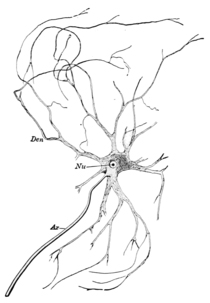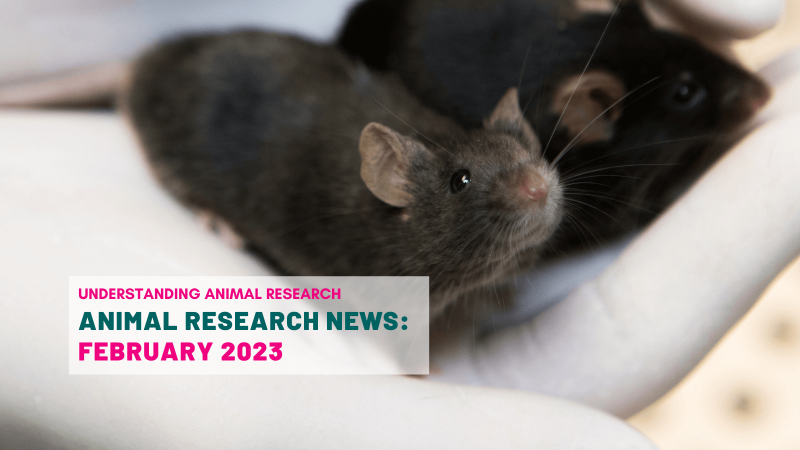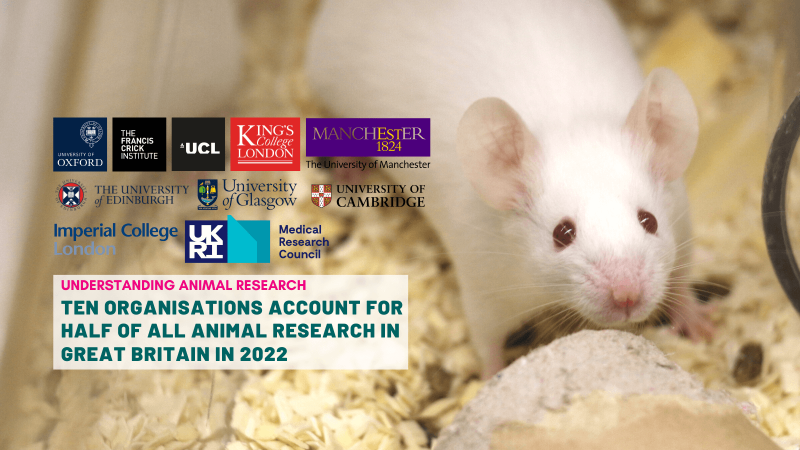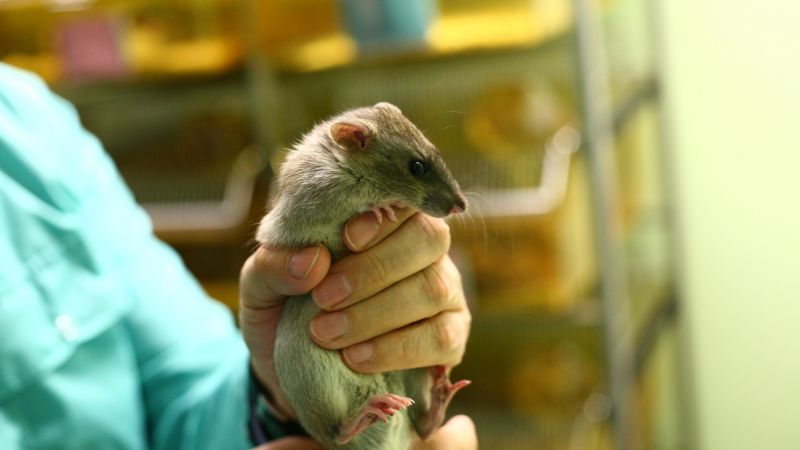 A scientist from the University of Glasgow has been awarded a 3Rs Prize for developing a cell-based technique that models severed nerves usually studied in animals. The awards recognise scientific work that replaces, refines or reduces research using animals. The new approach could drastically reduce the number of animals needed for experiments looking at how nerves can be repaired following injury.
A scientist from the University of Glasgow has been awarded a 3Rs Prize for developing a cell-based technique that models severed nerves usually studied in animals. The awards recognise scientific work that replaces, refines or reduces research using animals. The new approach could drastically reduce the number of animals needed for experiments looking at how nerves can be repaired following injury.
Professor Sue Barnett studies spinal cord damage and repair. Her aim is to develop treatments that could help patients regain movement following traumatic injury, such as car accidents. Alongside non-animal techniques, research in the field uses animals, mostly rodents, to study the underlying biology of nerve repair and to test potential drugs or cell therapies.
Searching for a way to reduce the number of rats needed in her experiments, Barnett found that embryonic spinal cord cells can form nerves in a petri dish when cultured on top of a single layer of neuron-supporting cells called astrocytes. When the nerves are cut using a scalpel blade, the lesion and scarring that forms afterwards looks very similar under the microscope to a normal severed animal nerve. Drugs known to promote repair in animals had a similar effect on the cultured nerves meaning Barnett and her colleagues can study the chemicals and repair mechanisms using far fewer animals in each experiment.
Writing about her work on the National Centre for Replacement, Refinement and Reduction of Animals in Research website, Professor Barnett said “One real advantage is that we can study many combinations of drugs and cells in the dish, something that we wouldn’t be able to do in an animal, to see which is the most beneficial to make these damaged nerves repair and grow again.”
Although it does not entirely replace the use of animals, one pregnant rat can provide enough embryos for an experiment using the new technique, which previously would have used 30 animals.
Last edited: 29 July 2022 14:04



